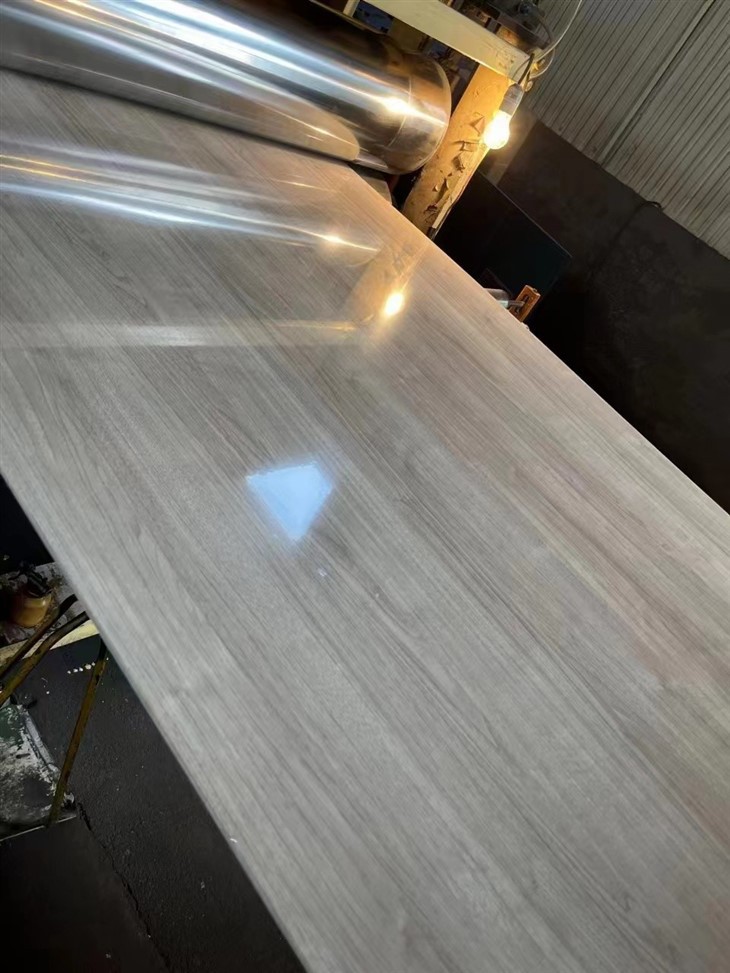Fire retardant aluminum composite panels (ACP) have become a popular choice in the construction industry, especially for exterior applications. As a supplier of fire retardant ACP, I've witnessed firsthand the growing demand for this versatile material. In this blog, I'll explore whether fire retardant ACP is suitable for exterior use, discussing its advantages, potential drawbacks, and real - world applications.
Advantages of Fire Retardant ACP for Exterior Applications
Fire Safety
One of the most significant benefits of using fire retardant ACP for exterior applications is enhanced fire safety. In the event of a fire, these panels are designed to slow down the spread of flames, providing valuable time for evacuation and reducing the risk of structural damage. The fire - retardant core of the ACP is formulated with special chemicals that inhibit combustion. For example, some cores contain halogen - free flame retardants, which not only suppress fire but also reduce the emission of toxic gases. This is crucial for buildings in densely populated areas or those with high - traffic volumes, such as commercial complexes and public buildings.
Aesthetic Appeal
Fire retardant ACP offers a wide range of aesthetic options for exterior design. They come in various colors, finishes, and textures, allowing architects and designers to create unique and visually appealing facades. For instance, the High Gloss Ivory White ACP Sheet for Exterior provides a sleek and modern look, while other finishes can mimic the appearance of natural materials like wood or stone. This versatility makes it possible to match the ACP with different architectural styles, from contemporary to traditional.
Durability
Exterior buildings are exposed to harsh environmental conditions, including UV radiation, extreme temperatures, and moisture. Fire retardant ACP is engineered to withstand these elements. The aluminum skins on the panel's surface are resistant to corrosion, fading, and scratching. This means that the panels will maintain their appearance and structural integrity over time, reducing the need for frequent maintenance and replacement. For example, in coastal areas where the air is salty and humid, fire retardant ACP can resist rust and degradation, making it a long - lasting solution for building facades.
Lightweight
Compared to traditional building materials such as brick, stone, or concrete, fire retardant ACP is relatively lightweight. This makes it easier and more cost - effective to transport and install. The reduced weight also puts less stress on the building's structure, which can be particularly beneficial for high - rise buildings or structures with limited load - bearing capacity. Additionally, the lightweight nature of ACP allows for faster installation, reducing construction time and labor costs.


Potential Drawbacks of Fire Retardant ACP for Exterior Applications
Cost
Fire retardant ACP generally costs more than non - fire retardant alternatives. The additional cost is mainly due to the special fire - retardant materials and manufacturing processes involved. However, it's important to consider the long - term benefits, such as enhanced fire safety and durability, which can offset the initial investment. In some cases, insurance companies may offer lower premiums for buildings using fire retardant materials, which can also help to balance the cost.
Installation Requirements
Proper installation is crucial for the performance of fire retardant ACP. Incorrect installation can compromise the panel's fire - retardant properties and overall durability. It requires skilled installers who are familiar with the specific installation techniques for ACP. For example, the panels need to be installed with the correct spacing and fasteners to ensure proper ventilation and prevent moisture buildup. If not installed correctly, there may be issues such as delamination or water infiltration, which can reduce the lifespan of the panels.
Environmental Impact
Although fire retardant ACP has many advantages, its environmental impact needs to be considered. Some fire - retardant chemicals used in the panels may have potential environmental and health risks. For example, certain halogen - based flame retardants can release toxic substances when burned. However, many manufacturers are now developing more environmentally friendly fire - retardant options, such as halogen - free formulations, to address these concerns.
Real - World Applications of Fire Retardant ACP for Exterior
Commercial Buildings
Commercial buildings, such as shopping malls, office complexes, and hotels, often use fire retardant ACP for their exterior facades. The panels' fire - safety features are essential for protecting the large number of people who use these buildings daily. The aesthetic appeal of ACP also helps to create an inviting and professional appearance. For example, a modern shopping mall can use Impact Resistance High Gloss Exterior Aluminium Composite Panel to give its facade a high - end and contemporary look, while ensuring fire safety.
Public Buildings
Public buildings, including schools, hospitals, and government offices, require high - quality and safe building materials. Fire retardant ACP meets these requirements by providing both fire protection and durability. In schools, for example, the lightweight and easy - to - install nature of ACP can reduce construction time, minimizing disruption to the learning environment. The variety of colors and finishes also allows for the creation of a positive and engaging atmosphere.
Residential Buildings
In residential construction, fire retardant ACP can be used for exterior cladding to enhance the safety and appearance of homes. It can add a modern touch to the house design while providing protection against fire. Homeowners can choose from a range of colors and finishes to match the style of their neighborhood. For example, the Glossy Pure Color Multi - specification Composite Board Wholesale offers multiple options for creating a customized look for a residential property.
Conclusion
In conclusion, fire retardant ACP is generally a suitable choice for exterior applications. Its advantages in terms of fire safety, aesthetic appeal, durability, and lightweight nature outweigh the potential drawbacks. While there are some concerns regarding cost, installation requirements, and environmental impact, these issues can be addressed through proper planning and the use of more sustainable products.
If you're considering using fire retardant ACP for your next exterior project, I encourage you to reach out to discuss your specific needs. We have a wide range of fire retardant ACP products that can meet your design and performance requirements. Contact us to start a procurement discussion and find the best solution for your building project.
References
- ASTM International. (20XX). Standard test methods for fire - related tests of building materials.
- Building Enclosure Council. (20XX). Best practices for exterior cladding systems.
- National Fire Protection Association. (20XX). Fire safety codes and standards for buildings.